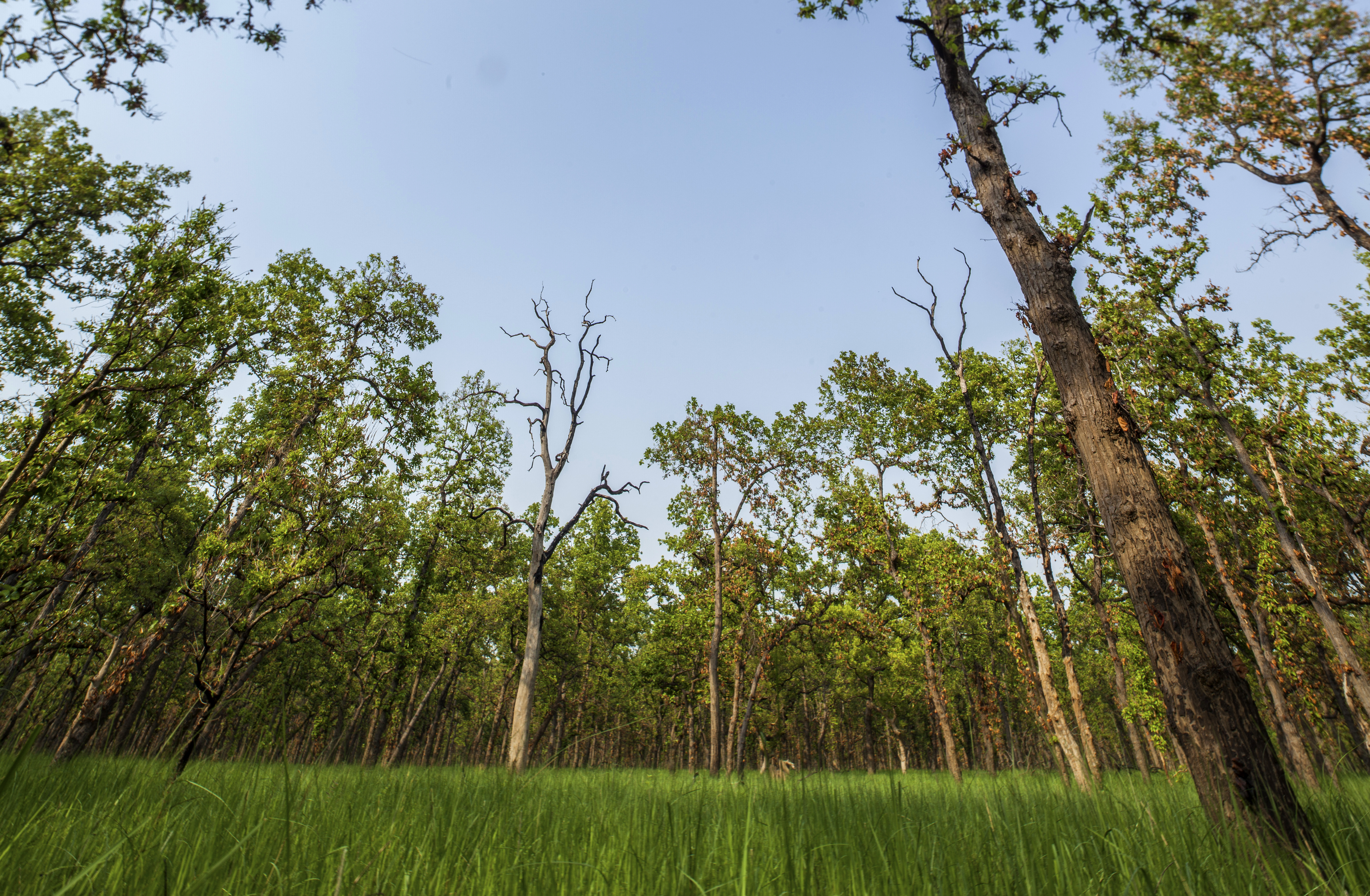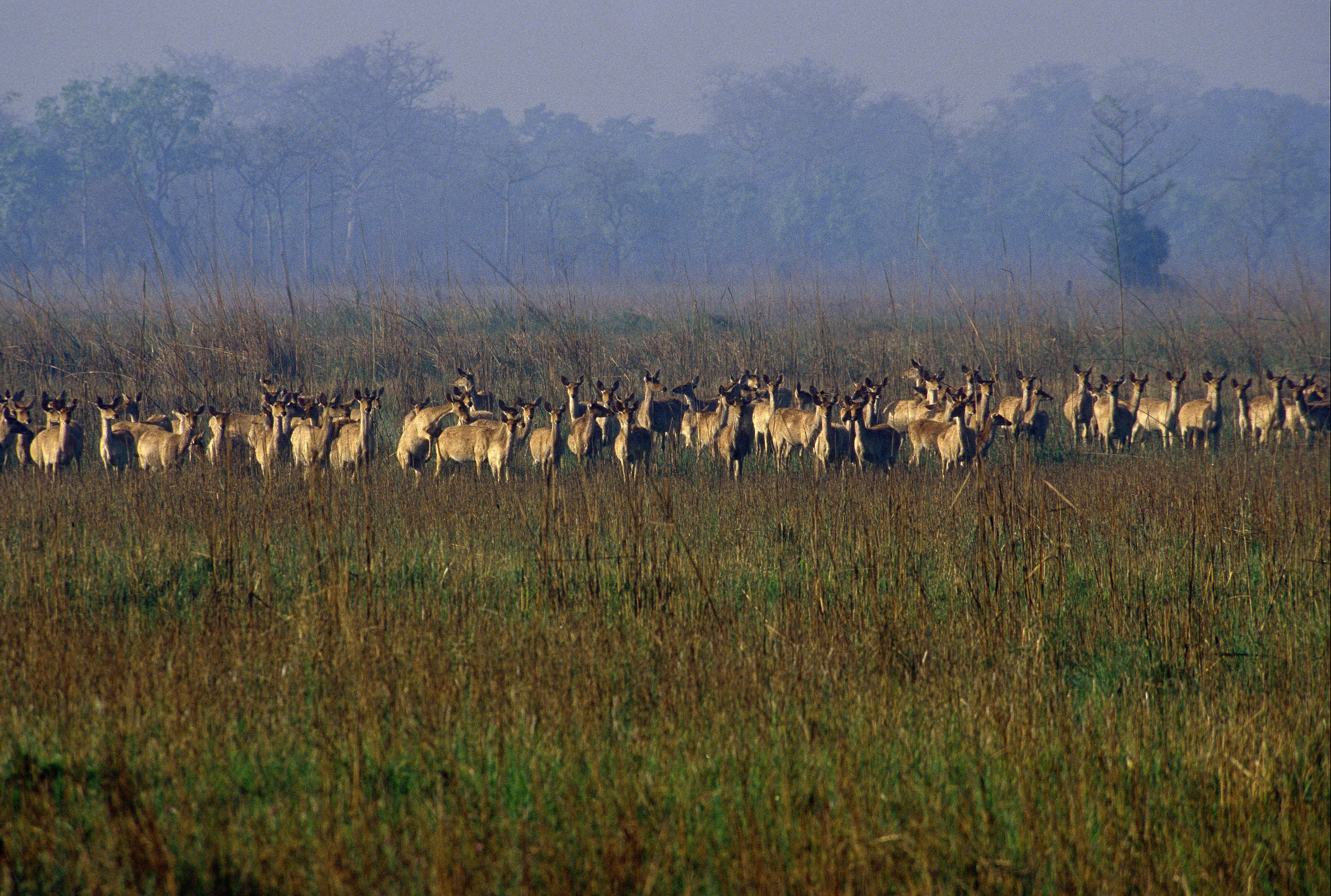Posted on March, 03 2017
Shuklaphanta, Nepal – Shuklaphanata Wildlife Reserve, one of the critical wildlife habitats in Nepal’s Terai Arc Landscape, got its status changed to Shuklaphanta National Park – an upgrade in the IUCN list by two steps. The announcement was made today by the government of Nepal on the occasion of World Wildlife Day.

© Samir Jung Thapa/WWF Nepal
The national park status will open up opportunities for wildlife tourism and promote usage rights of indigenous communities on natural resources, both of which are otherwise restricted in a wildlife reserve.

© Samir Jung Thapa/WWF Nepal
Shuklaphanta, the country’s youngest national park, was established as a hunting reserve in 1969 and gazetted as a wildlife reserve in 1976 with the primary objective to conserve swamp deer. The national park currently hosts about 2,000 swamp deer (the single largest herd in the world), and an estimated 17 wild tigers.
© DNPWC/WWF Nepal
“Decades of conservation and management efforts have helped establish Shuklaphanta National Park as a model in swamp deer conservation while also housing key wildlife species such as tigers and rhinos,” stated Man Bahadur Khadka, Director General of the government’s Department of National Parks and Wildlife Conservation. “With this upgrade in status, it is expected that the participation and ownership of local communities in conservation will be further enhanced.”

© WWF-Canon/Jeff FOOTT
World Wildlife Day is also celebrated as Community-Based Anti-Poaching Unit (CBAPU) Day in Nepal. WWF Nepal presently supports over 400 CBAPUs through which youth from the local communities voluntarily engage in conservation and antipoaching efforts in their community forests. CBAPU Day is an annual event that brings together these youths to celebrate their dedication and commitment to protecting Nepal’s biodiversity. This year, the day was celebrated by the CBAPU units around all the protected areas in the Terai Arc Landscape.

© Simrika Sharma/WWF Nepal
“When young people are engaged in conservation, the results from the same can transcend generations yielding sustainable impacts over time,” stated Anil Manandar, Country Representative of WWF Nepal. “As a grassroots level movement, youth through the community-based anti-poaching units have been a prime pillar in helping Nepal achieve zero poaching of rhinos over the years.”

© WWF Nepal